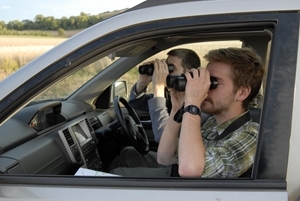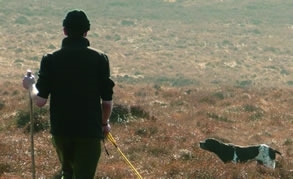 Sir,
Sir,
Rob Yorke states that the best results for threatened species come when NGOs take land managers’ observations into account as well as scientific evidence (Thunderer, 17 February). The Game & Wildlife Conservation Trust strongly agree with this statement. Indeed, our Advisory team work closely alongside land managers to help them integrate better quality habitats within the farming business, which in turn benefit not only their wildlife, but also soil and water quality across the landscape.
For example, every year around 1,000 farmers voluntarily take part in the GWCT’s Partridge Count Scheme, using scientific findings to improve land management. From 2000-2010 an 81% increase in partridge numbers was achieved. However, national figures for the same period show a decline of 40%. Although the counting methods used were different, the trends are still comparable and strongly demonstrate that these partnerships make a significant difference.
Peter Thompson
Biodiversity advisor
Help us continue our vital conservation work
Please donate so that our team of dedicated scientists can continue conserving the Great British countryside.
 A large proportion of our income comes from kind donations, both from members and non-members. Right now we need support for:
A large proportion of our income comes from kind donations, both from members and non-members. Right now we need support for:
✓ Our conservation initiatives for the Biodiversity Action Plan species - the grey partridge, black grouse and brown hare
✓ Our work which engages with government and its agencies over countryside and wildlife policies
✓ Building our education programme so that the public appreciate the importance of managing the countryside not simply protecting it
✓ Our studies on songbirds to determine the importance of predators
✓ Our research on wild brown trout which is investigating whether or not fish stocked into rivers and streams improve the wild population